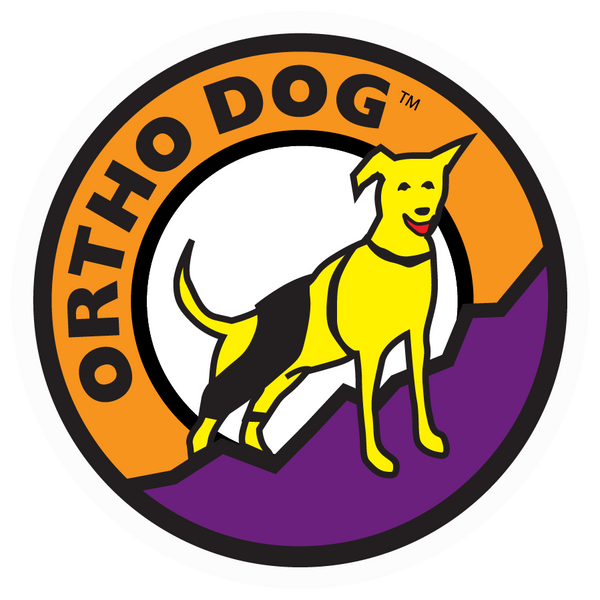A large breed and member of the AKC Working Group, the Great Pyrenees is a popular choice for a family pet. One of over 30 Livestock Guardian Dog breeds, they are known for their ability to protect farm animals from predators. Many live outdoors 24 hours a day.
They are quite independent and can get by with minimal human interaction but they need lots of room to roam and are not the best match for apartment living.

According to the Great Pyrenees Club of America, Inc. there are two mandatory tests that are recommended for this bread: a hip dysplasia evaluation and a patella luxation Exam. The Great Pyrenees instinctively know they have a job to do either as a watchdog guarding the family or as a livestock guardian dog actively patrolling the farm for predators. Hip dysplasia can put this dog out of commission if left untreated.
Hip Dysplasia in the Great Pyrenees
Hip dysplasia is a common orthopedic condition in this breed. It is caused by a malformation of the hip joint: the ball joint does not fit properly into the hip socket. Symptoms include pain, stiffness, lameness and decreased range of motion in the hind legs. This can be particularly marked as the dog ages.
Hip dysplasia is an inherited condition in the Great Pyranees and other large breed livestock guardian dogs. Other contributing factors are weight gain and poor exercise habits. If your Great Pyrenees is a family pet, it is important to take them on plenty of walks and feed them an appropriate diet.
Other Common Great Pyrenees Leg and Mobility Issues
Patellar Luxation
According to Teresa Kho-Pelfrey, DVM this breed can develop luxating patellas, an inherited condition where one or both of the kneecaps dislocates, popping in and out of place. “Depending on the severity of the patellar luxation, surgery may be recommended to prevent further injury and improve the dog’s quality of life.”
Some pet owners turn to knee braces as a luxating patella surgery alternative when the condition is mild. Bracing the knee allows the dog’s soft tissue to stabilize and gain the elasticity it needs. For more information, check out this article on the luxating patella.
Elbow Dysplasia
Along with hip dysplasia, this joint disorder is common in large breeds that experience skeletal disorders caused by early excessive growth. The AKC recommends a specially formulated diet early on to help prevent this disorder.
Degenerative Myelopathy
A progressive disease of the spinal cord typically seen in dogs between 8 and 14 years old, degenerative myelopathy can result in hind-end paralysis. As with hip dysplasia, there is no cure for this disease, although there are treatment options that can increase the dog’s quality of life. Learn more about Degenerative Myelopathy.
In summary, livestock guardian dogs like the Great Pyranees make loyal family pets and wonderful working members of a farm or ranch. Check with your veterinarian if your dog is experiencing any health issues.




